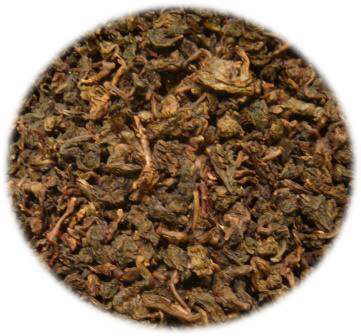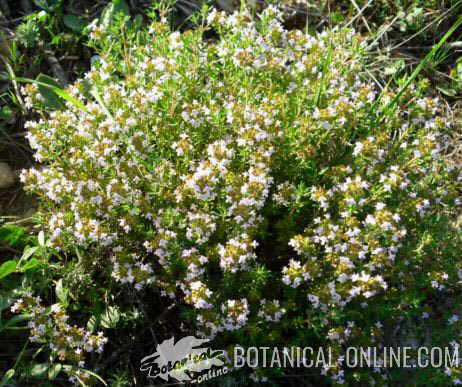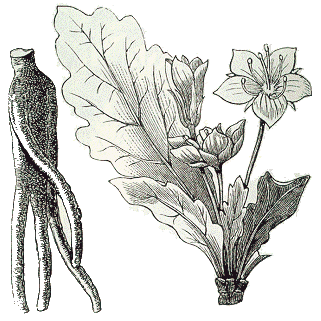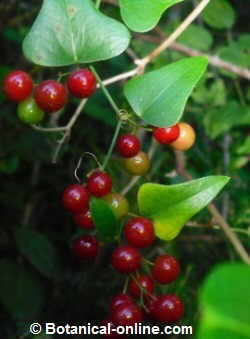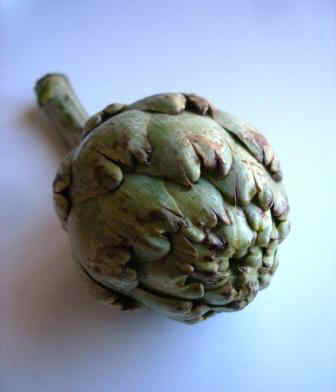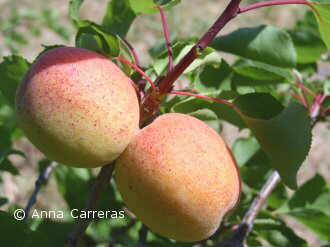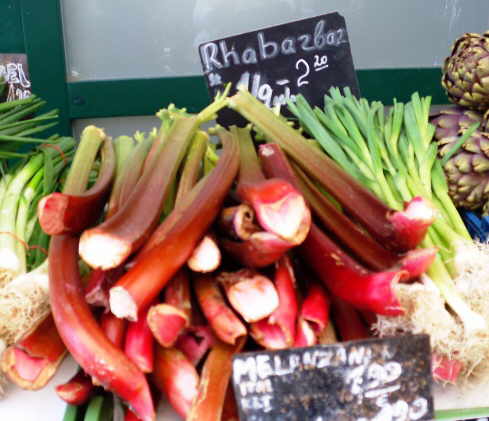Contents
HOW TO GROW EPAZOTE OR MEXICAN TEA
Epazote care
Uses of epazote
Epazote or Mexican tea grows almost anywhere and does not require special care, making it a very easy plant to maintain in the garden.
It has uses as an aromatic herb and also as a remedy, mainly against stomach pain and flatulence. In the past it was used against parasites and intestinal worms, a use that gave it the name “wormseed“.
Epazote can be used as a natural insecticide for infested plants. (Macerate 30 grams of epazote in 1 liter of water for 24 hours and spray the affected plant).
The plant produces numerous tiny seeds, which are spread by the wind, so epazote can spread throughout the orchard, easily becoming a weed in the orchard or garden.
Characteristics of epazote
The epazote, Mexican tea, wormseed, West Indian Goosefoot, or Paico (Dysphania ambrosioides = Chenopodium ambrosides) is a plant native to Mexico and widespread in tropical and subtropical areas. In Spanish it is also known as hierba lombriguera, hierba hedionda or hierba sagrada.
Epazote belongs to the Amaranthaceae family (Official Classification according to ITIS), although it was previously classified in the Chenopodiaceae family.
It is an annual or perennial plant, erect or ascending, up to 1m. tall. Hollow, ribbed and branched stem. Leaves lanceolate to ovate, entire or sinuate-toothed, glabrous. Lower leaves with petiole. Upper leaves are sessile. Inflorescences in clusters in dense spikes. Its fruits (utricles) contain numerous tiny seeds (achenes). Bright brown lenticular seeds of 0.7 – 1mm. in diameter. The entire plant gives off a strong odor.
The entire plant gives off a strong smell due to its essential oil content (1% in the seeds and up to 0.5% in the whole plant). It is rich in ascaridol (64% of the essential oil), with carminative, analgesic, abortifacient, vermifuge and anthelmintic properties.
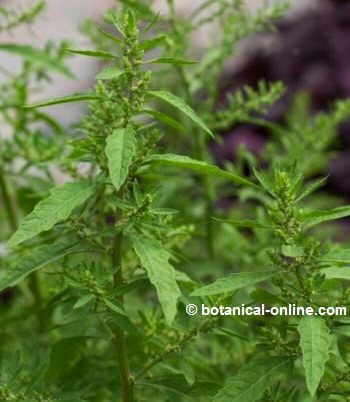
Epazote growing conditions
– It requires temperate climates. In general, it adapts to all types of tropical or subtropical climates.
– Exposure to full sun.
– It does not tolerate frost.
Soil
– It grows in almost all types of soil, preferring the sandy type.
– It is preferable to provide loose, well-drained soil rich in organic matter.
– Soil reaction: pH between 5.2 and 8.3.
– Before planting, it is advisable to plow the soil so that it is loose and oxygenated. If the soil were too compact, it would hinder the plant’s ability to take root.
Epazote plantation
- Broadcast sow in late winter or early spring, approximately in the month of March, after the last frosts.
- If the sowing is made in pot, break up the soil by hand so that it is very fine. Then compact it gently, place the seed without burying it. The sowing depth of the seeds is always approximately twice their diameter. Since the seeds of the epazote are tiny, we will only put a “pinch” of earth on top, “as if we were throwing salt”.
- Water after sowing.
- Generally, epazote germination is very good. The first leaves appear a few days after sowing.

Irrigation
– Regular watering, avoid waterlogging and drought.
![]()
Harvest
The tender leaves, without the seeds, are used in food. Cutting old branches encourages the sprouting of new stems.
It flowers from July to August and the seeds are ready in September. These have been traditionally used for medicinal purposes, although it is not recommended due to their high toxicity.
![]() More information on epazote or Mexican tea
More information on epazote or Mexican tea

